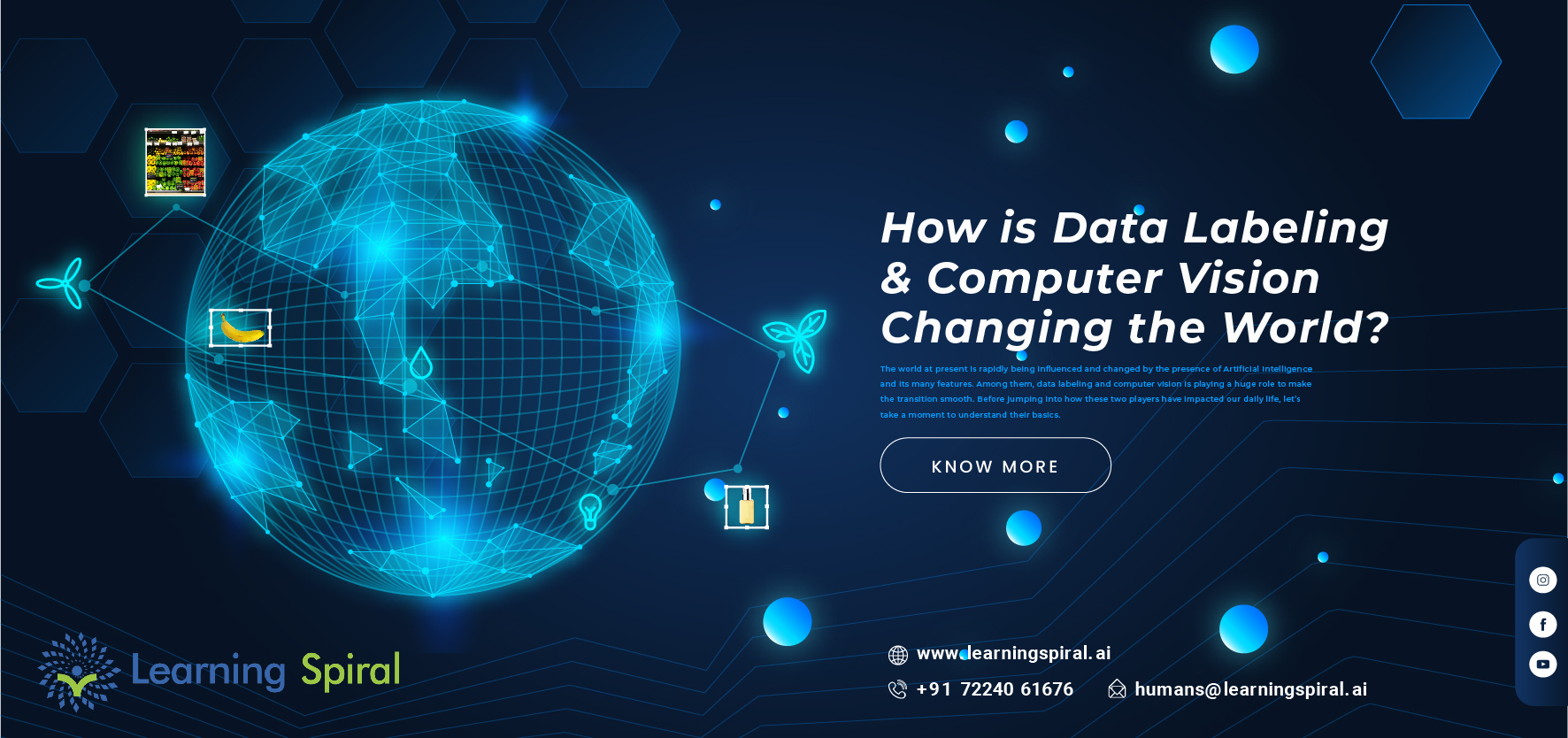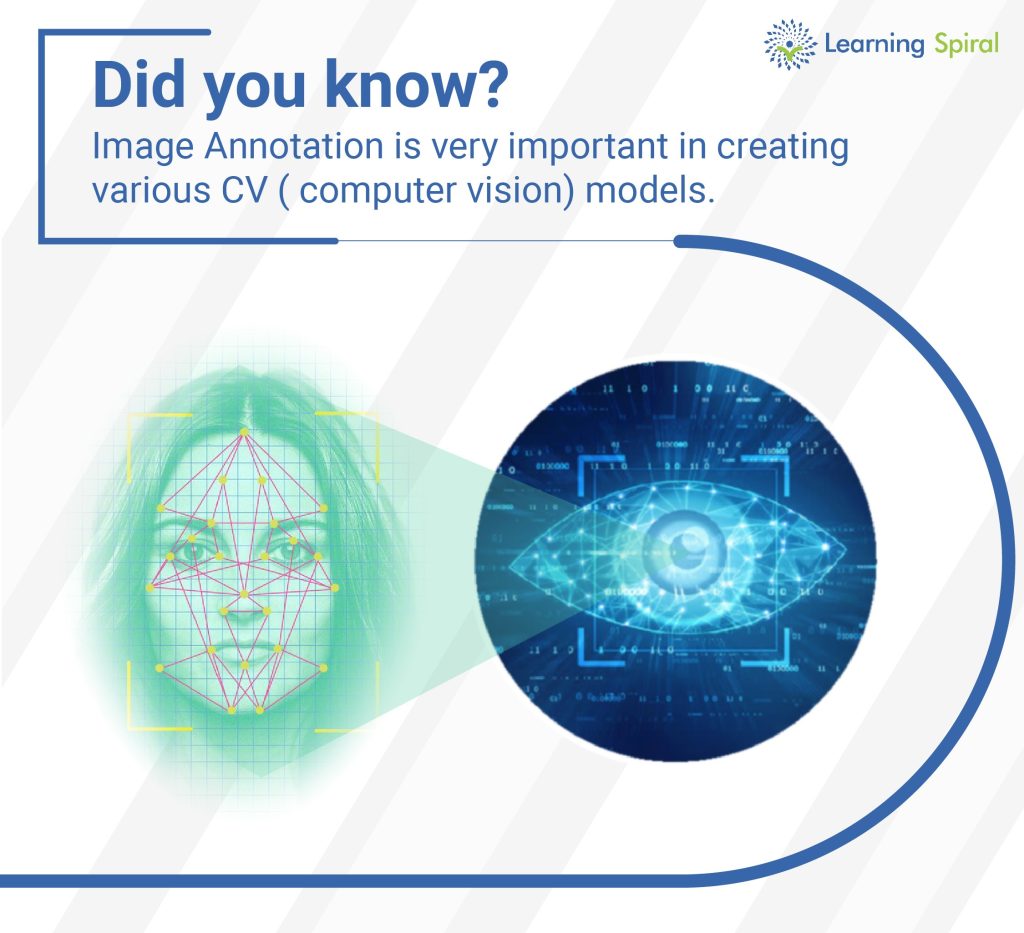
The world at present is rapidly being influenced and changed by the presence of Artificial Intelligence and its many features. Among them, data labeling and computer vision is playing a huge role to make the transition smooth. Before jumping into how these two players have impacted our daily life, let’s take a moment to understand their basics.

What is Data labeling & Computer Vision?
Data labeling is the process which allows AI to identify images and text using the availability of the data pool. This data pool is given to the machine learning program in the form of meaningful labels. Each label identifies certain elements on the page, guiding the AI to understand what that element means. Such as for an image containing cars and humans both, each and every car as well as a human should be labeled. This way, machine learning identifies cars and humans separately and goes ahead with what the task was assigned.
Whereas, computer vision derives meanings and other information from the presence of images, texts, and other kinds of data available. Together, data labeling and computer vision have helped make advancements in varying sectors of our world. Some of the factors which prove this point are:
- The ability to detect objects allows humans to improve their security systems in the military, offices, museums, banks, and even houses.
- By identifying different items with precision, manufacturing and repair sectors gained immediate assistance.
- Error-free production and packaging became a possibility with the enhancement of AI tools and features.
- Timeframe for the overall completion of tasks in different sectors decreased along with the increase in productivity and viability.
- Automation is now applicable in most sectors as data labeling and computer vision allow the detection of elements with precision.
There are many other segments where the development in AI, especially data labeling and computer vision, has contributed towards the betterment of the platform. Further advancements would surely bring many inspiring developments for humans to witness.

